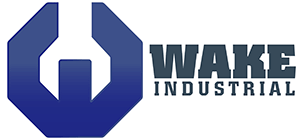Hydraulics and Automation
29 July, 2019
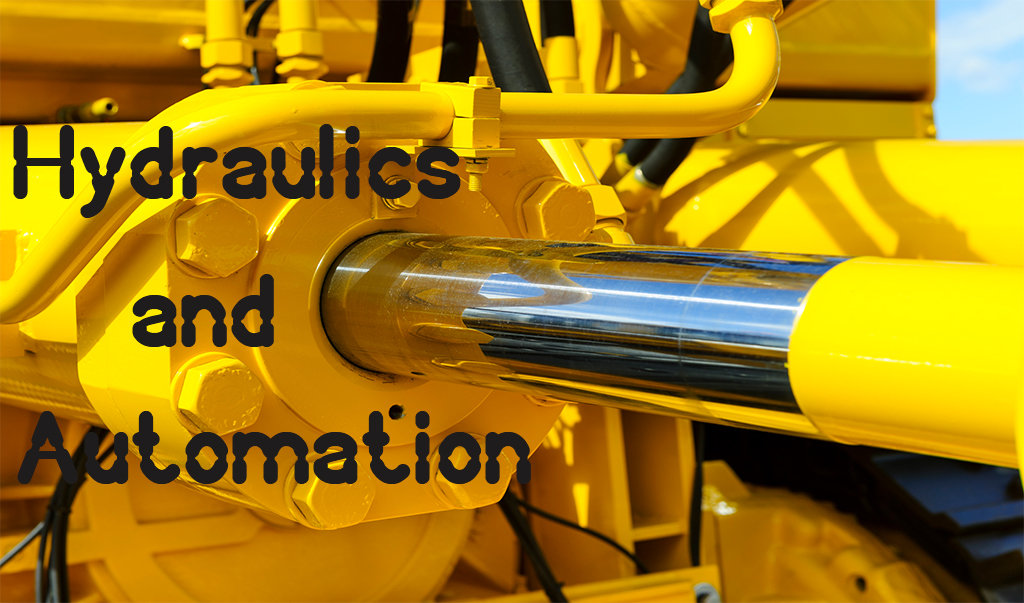
The Motion of Fluid in the Automation of Today
When people think of automation they tend towards the electrical side of things, the controllers and the brains behind the machine. Those brains need something to make the machine do its job, and there are different methods to make those electronic commands form in the physical world.
The primary methods that create motion in automation are electric, hydraulic, and pneumatic actuators (motors, cylinders, etc. – anything that converts something into motion and force.) Each has its advantages and disadvantages, and each plays a role in automation and industry that serves to their strengths.
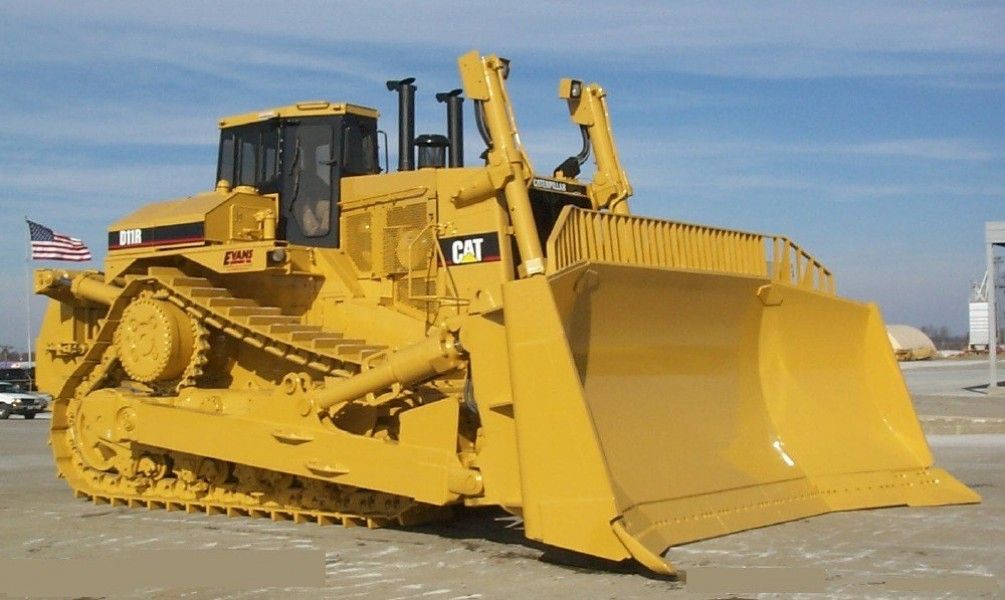
The definition of hydraulics is literally “operated, moved, or effected by the means of water or other liquid”, and in automation is the use of a liquid to convey a force upon a component to create some effect, typically motion. The greatest benefit to hydraulic systems is the force achievable; since hydraulic fluid is relatively uncompressible, great amounts of force can be applied in a controllable manner. This allows machines to generate large amounts of force in such a way as to create repeatable, reliable, consistent outputs, which allows the machine operator to create high quality components that require high forces in their manufacture. Because of the high forces capable with hydraulics compared to the size of the system, hydraulics can be used to make a smaller machine that is more capable than larger machines powered by electric actuators or pneumatics.
Hydraulic systems typically consist of a hydraulic power unit, piping and valves, and hydraulic actuators. The power unit consists of one or more electric motor driven pumps and a reservoir of hydraulic fluid. Typical fluids are hydraulic oil (which can be a wide variety of fluids), water, or in some cases specialty liquids based on the application. The power unit creates the hydraulic pressure and flow and maintains this pressure via a regulating system of valves. The piping conveys that hydraulic fluid to the actuators and the valves direct the flow to achieve the desired result. Valves will either be automated or manual, depending on their purpose. Actuators typically consist of cylinders and motors; however, they can take any form that transfers the hydraulic power to mechanical motion or force.
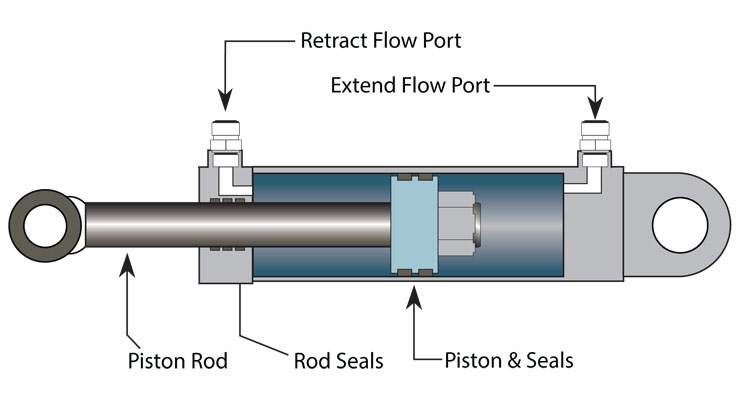
The upside to hydraulics is the force application capabilities, the downside is the maintenance. If you have a hydraulic system, you have a hydraulic leak. Hydraulic systems require constant maintenance and inspection, and small issues can quickly become big, and dangerous. The theory behind hydraulics is the transmission of force via a fluid in a closed system, so once that system is no longer fully closed the system starts acting differently. Small leaks can create big control problems if not accounted for. Concurrently, high pressure fluid in the atmosphere creates the opportunity for serious injuries. When a hydraulic injection injury occurs, they typically happen quickly and unexpectedly, and are severe in their effects. Consistent system maintenance is required to maximize the consistency of the control and to minimize personnel danger.
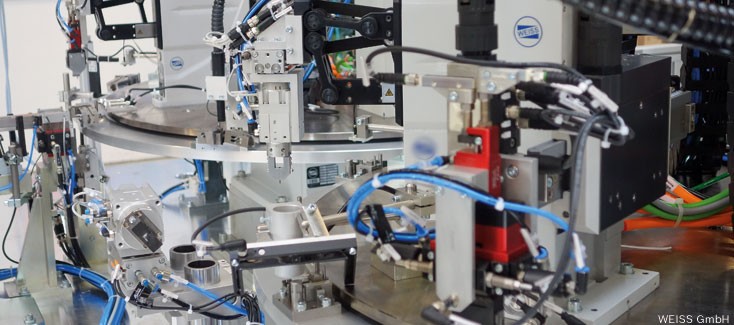
One last benefit to hydraulic systems, their use in hazardous environments can be beneficial. With mush less chance of ignition the use of hydraulics can be a boon to operations in explosive environments. Explosive environments have special requirements, and hydraulic systems are one way that designers can remove the dangers of electricity in those environments.
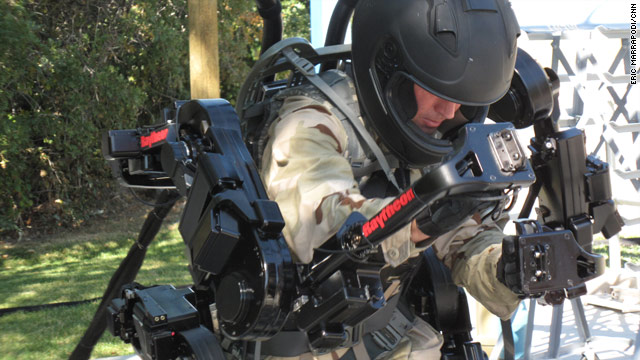
Hydraulic systems have been, and will continue to be, widely used in industrial applications. Their benefits when applied correctly far outweigh their drawbacks. Their use in hazardous locations and their ability to apply large amounts of force in small footprints sets them apart from many of the other motive forces available today. Couple these advantages with the surge in use of multi-axis robotics and the benefits hydraulics gives these complex machines, and the use of hydraulic systems will only increase. As we move into the future, and more complex machines and processes are invented, hydraulics will continue to find a place in creating the goods and materials we use every day.
- Call: 1-888-551-3082
- International: 1-919-443-0207
- Fax: 1-919-867-6204
- Email: sales@wakeindustrial.com
- Address:
- 1620 Old Apex Rd
- Cary, NC 27513
